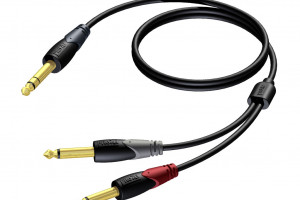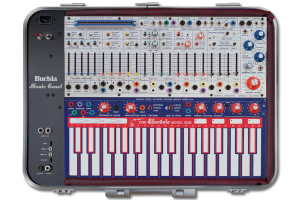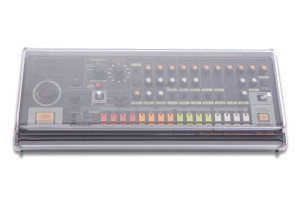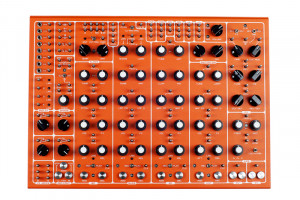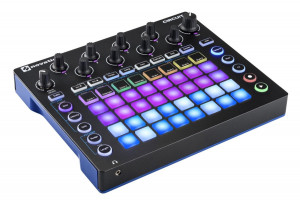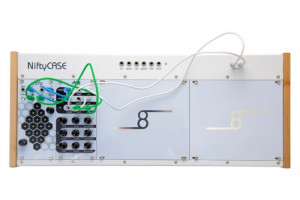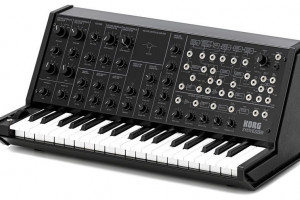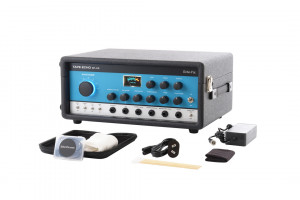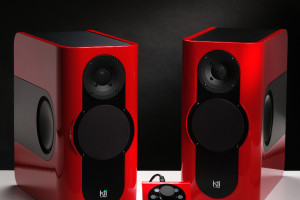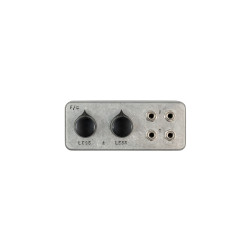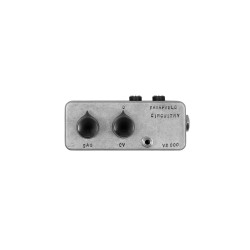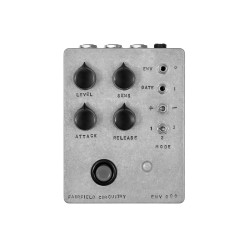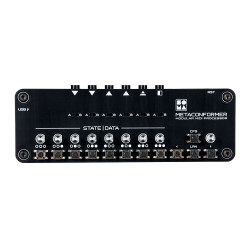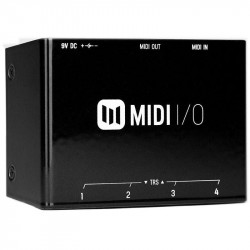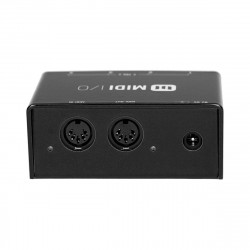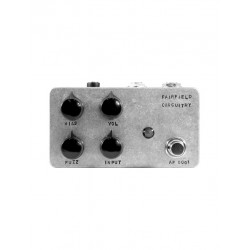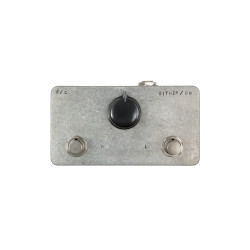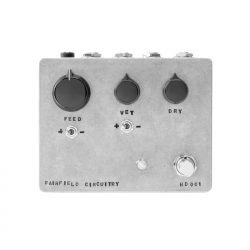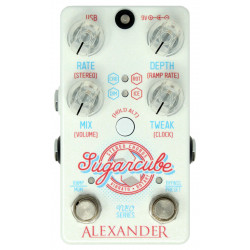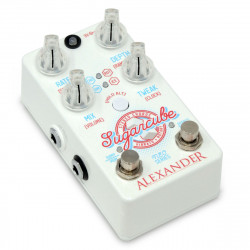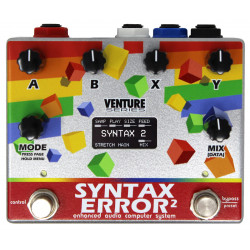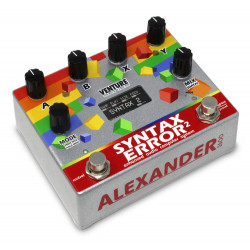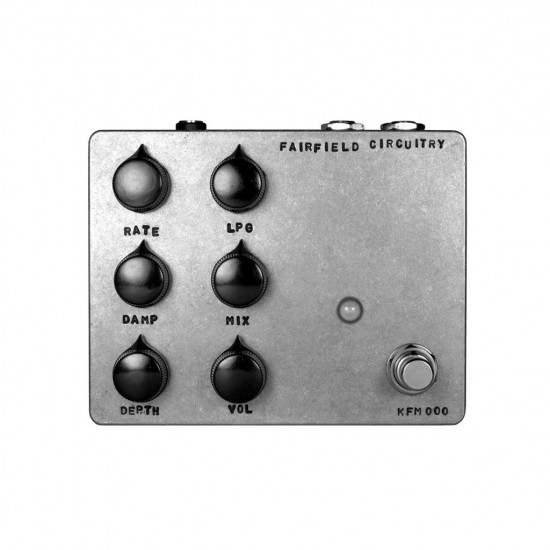
- Stock: In Stock
- Model: FAIRFIELD-SHALLOW-WATER
More from this brand
Fairfield Circuitry Shallow Water
How do you describe the Fairfield Circuitry Shallow Water pedal?
Poolside conversations while staring at your own reflection. The depths of which shall never be known, at least not for another couple thousand years, and so it goes.
Before the reflection, is the experience. Before phenomena, or even noumena, is that which is undefinable.
Random modulation creates unexpected shifts in pitch and this results in a vibrato, chorus , flanger-type thing like old tape recordings.
So, what is the Shallow Water?
The Shallow Water’s essence is uncertain, subtle and nostalgic, because firstly, the effect is built around a typical analogue chorus and vibrato circuit.
Secondly, another signal then modulates this delay time to create changes in pitch.
The original signal is mixed in and gives the chorus effect and this is what makes the effect really striking, because the delay time is modulated in a random fashion.
Pseudo Random Generator
The random quality of the effect begins in a simple program which creates random voltage steps. The RATE control effectively sets the overall range of these time intervals.
Integrator & Depth
A filter processes these random stepped voltages, giving control over the slope at which the steps will reach their new values.
The random steps become slow and sluggish as DAMP is increased, instead of sharp and abrubt.
DEPTH defines the amount of modulation that is used to change the time delay of our input signal.
There is a strong link between all three controls, RATE, DAMP and DEPTH, because they all affect modulation.
Envelope Follower and Recovery Filter
After the input signal is passed through the delay line, unwanted bucket brigade device noise is removed by a recovery filter.
To achieve this, the input envelope is followed and used to modulate a low pass filter.
The amount of envelope is set by the LPG control, yielding bouncy, lo-fi responses to quick and snappy gate-like behaviours.
Controls
RATE
The RATE control adjusts the time intervals at which the random pitch fluctuations occur.
From rare to nervous, the range is quite wide.
At high RATE and DAMP settings, the quick variations have trouble passing through the swampy filter and integrator, effectively reducing perceived modulation.
This is normal. The link between these two knobs needs to be tamed through experience.
DAMP
The DAMP control affects the slope of the modulating signal.
At its minimum, the pitch changes are quick and sudden and the random changes in voltage almost immediate.
Increasing DAMP will elongate and soften the modulation and at high DAMP settings, the changes become so slow that cannot be heard as modulation.
To hear the changes, some dry mix needs to be applied because then, the slow delay time can be heard as chorus.
DEPTH
The DEPTH knob adjusts the intensity of the modulation.
The link between all three modulation controls is noticeable and the range of modulation focused towards subtle variations. Adjust to taste, though less is more.
LPG
The LPG control adjusts the level of the envelope feeding the low pass filter and gate circuit.
At lower levels the signal is darker, chokes subtle notes and reduces sustain.
At higher settings, the sound is brighter, with more sustain and often reveals some noise produced by the bucket brigade device.
MIX
The MIX control balances between the dry and wet signal.
When it’s full wet, the effect is like a vibrato with chorus type sounds achieved by adding some of the dry signal.
VOLUME
The VOLUME knob controls the output volume with unity around noon and beers around 5 at my place.
BOOST AND PAD
There are two jumpers at the input stage to match your input signal’s level and impedance.
By default, BOOST is on and PAD is off, because this is a typical setting for high impedance, low output signals like a guitar’s single coil pickups.
If the user finds there is too much distortion at the input stage, moving the BOOST jumper to its off position will reduce overall gain by 6 dB.
If the signal source is line level, the PAD is set to its on position, giving another 6 dB of gain reduction.
LPG ADJUST
The recovery filter’s lowest frequency can be adjusted, to fine tune the way it will react to incoming signals.
Lowering this frequency emphasises the action of the low pass filter and raises the threshold of sensitivity.
Adjustment should be made with the following settings. MIX full wet, LPG minimum and DEPTH minimum.
While listening to a signal going through the pedal, you’ll hear the effect of the recovery filter at its resting state.
Carefully turn the trimpot labelled LPG adjust, clockwise to raise the filter’s frequency, counter clockwise to lower.
Be very careful, adjustments should be minimal as the trimpot is very sensitive. After each adjustment, LPG should be turned up momentarily to listen at the envelope’s response to the incoming signal.
-285x169.png)
